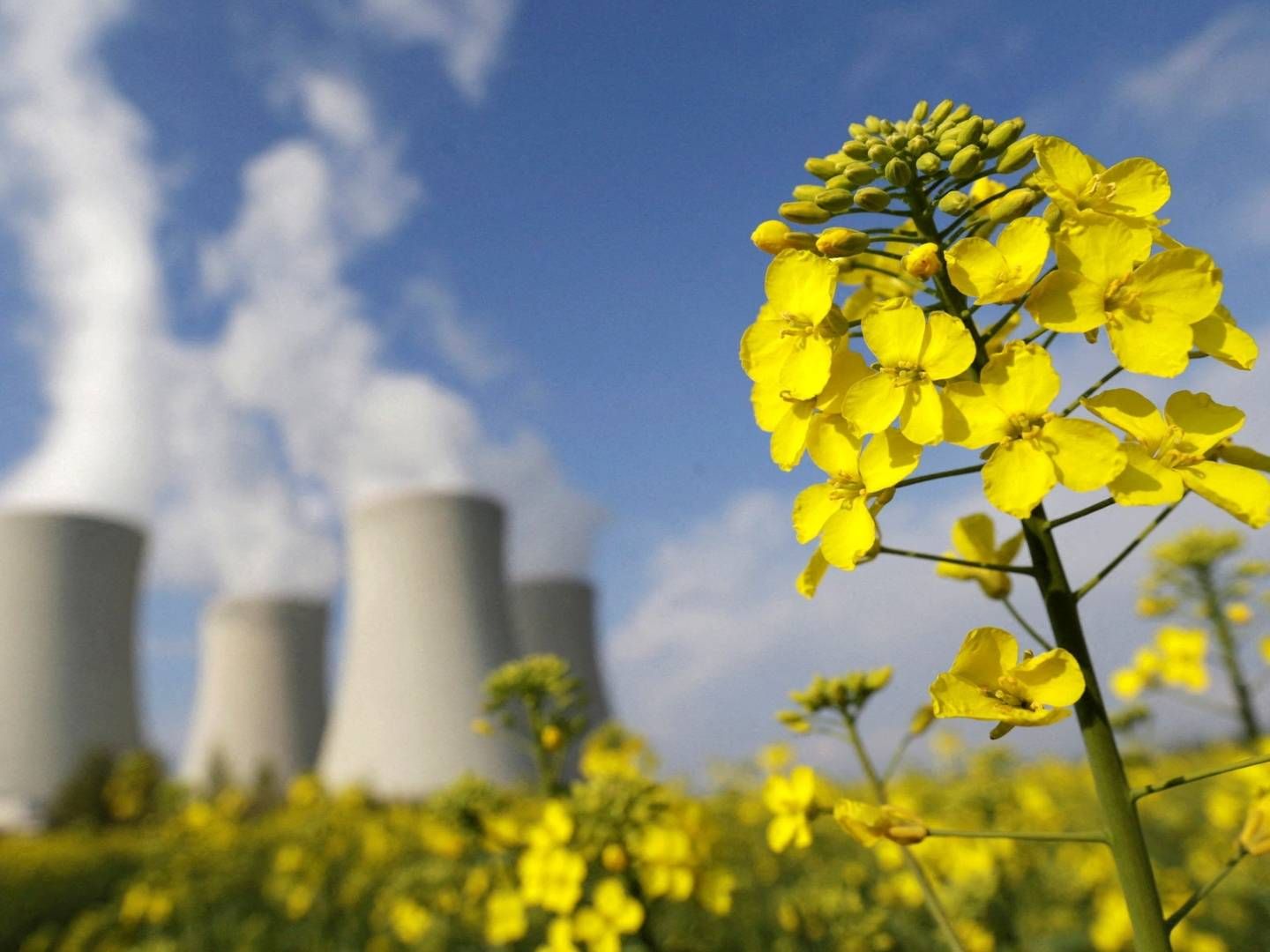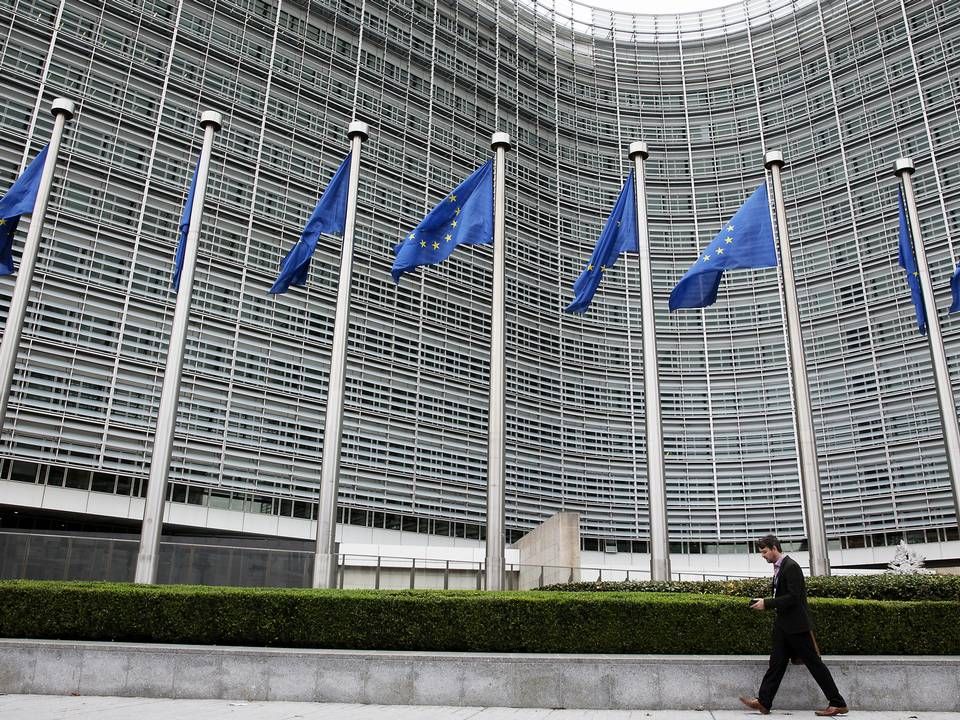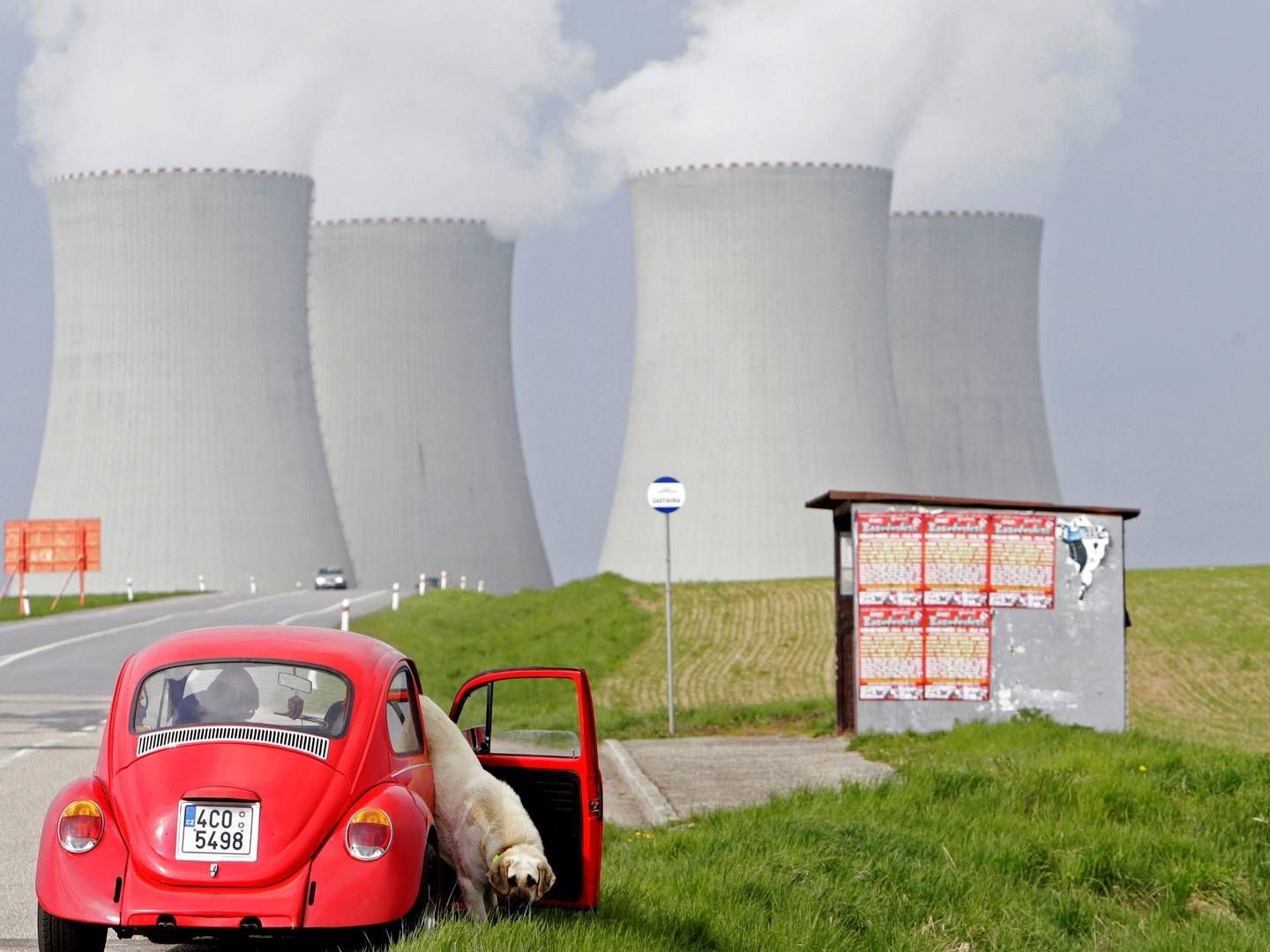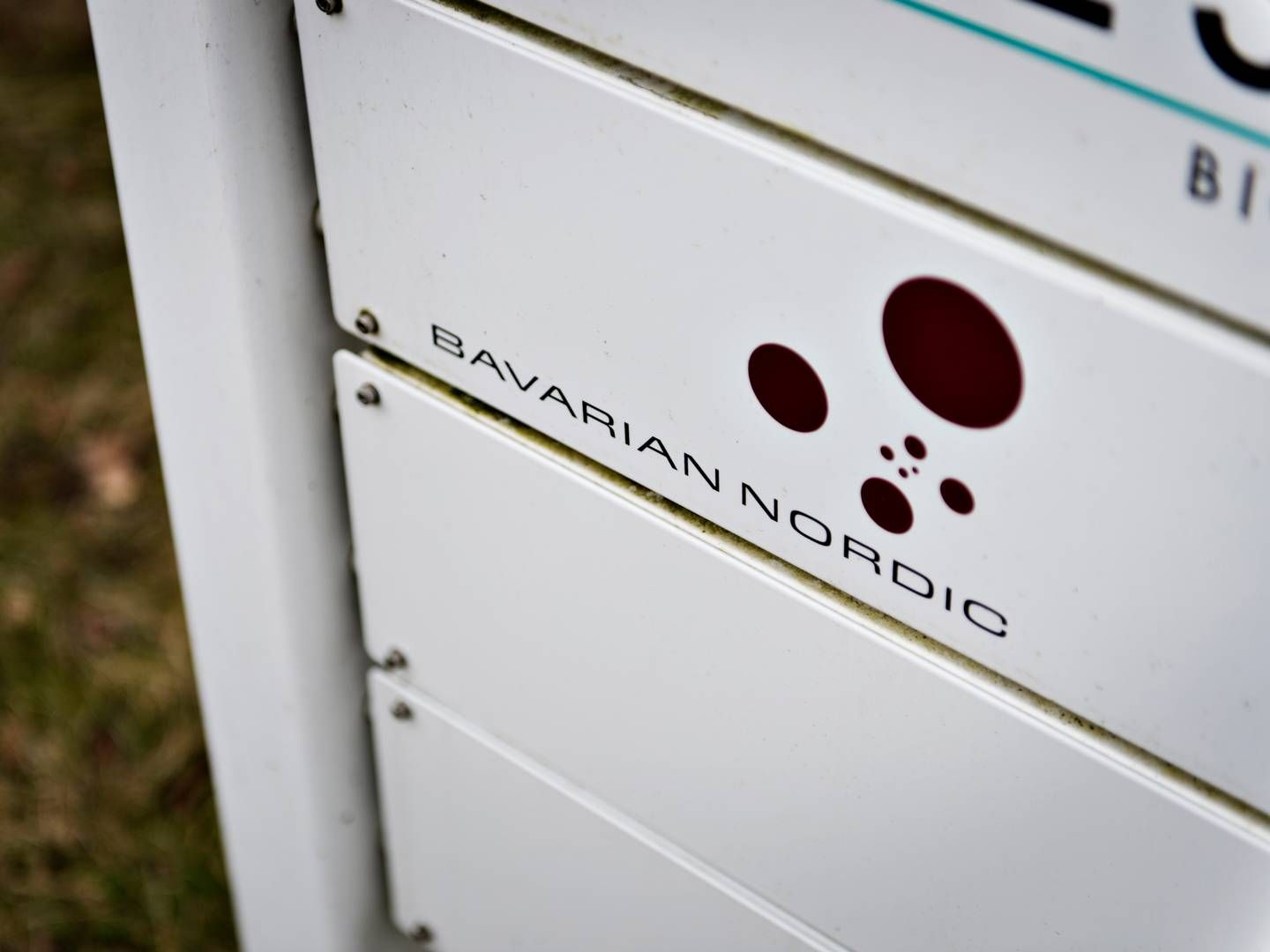EU to approve nuclear power, natural gas in green taxonomy

BRUSSELS
When large volumes of private capital go toward European projects within natural gas and nuclear power, the investments will be classified as sustainable.
That’s the message of a long-awaited update from the press podium in central Brussels as the Commission seeks approval for a proposal to include the two energy sources as a part of the union’s green transition.
”Gas and nuclear energy can contribute to the green transition, but we are placing strict demands and increasing incentives to change energy forms,” says EU Commissioner for Financial Services Maired McGuinness.
The commissioner also emphasizes that the decision means the EU is taking ”yet another step toward a climate-neutral economy. As governments and public authorities, we cannot do this alone. We need the private sector,” McGuinness says.
The rubber stamp should, the Commission says, be seen as support for the green transition, albeit with several caveats such as atomic energy having an expiry date in 2040 or 2045, depending on whether projects entail modifications or new construction of power plants.
Moreover, gas projects will only be classifiable as green insofar as they comply with clear limitations on greenhouse gas emissions, while existing coal-fired plant are to be taken offline. At the same time, projects in the long term must be able to function with renewable sources, according to the statement. In practice, the Commission indicates a threshold of approximately 100g of CO2 equivalent per kWh throughout a facility’s lifecycle.
This announcement follows several months of debate on these two energy categories, entailing negotiations and political positioning right up to publication, with reoccurring opposition among member states and members of European Parliament.
”It’s risky and expensive”
Inclusion of natural gas and nuclear as sustainable investments has been long underway. The two energy sources come as an addendum to the EU existing taxonomy, launched in 2021. Initially, the question was put aside until the beginning of this year.
This process of categorizing the two as green has been met by sharp criticism from Luxembourg, where Minister of Energy Claude Turmes has accused the Commission of wanting to ”smuggle something into” the taxonomy, as reported by media Politico.
Turmes is not the sole critic. Beyond harsh words from the EU’s own group of specialists in the Platform on Sustainable Finance, earlier this month more critique was voiced, for instance, in a joint letter, which beyond Turmes’ signature was also signed by ministers from Spain, Austria and Denmark, saying the Commission’s plans sent the wrong signals to financial markets.
”It endangers the purpose of the taxonomy to create a common language [for investors],” the member nations warned, while there has been significant opposition from Germany on the inclusion of nuclear power.
Today’s seal of approval already promises to be one of the most hotly debated decisions this year, with the negotiation process just last week bringing the commissioner to Frankfurt and Berlin to focus on ensuring the sustainable recognition of natural gas.
”It’s risky and expensive,” was the simple warning from Vice-Chancellor and Minister for Economic Affairs Robert Habeck in a declaration without any such criticism leveled at natural gas.
Both Germany and France have massive interest in how the taxonomy will be shaped, not least because 70 percent of the later country’s total electricity generation stems from nuclear power. In comparison, the energy source represents 25 percent of EU’s total consumption.
Commissioner: No underhand deals
The European Commission’s McGuinness has previously ruled out that there has been any secret collaborations or a German-French plot regarding the two types of energy.
”That wouldn’t be accurate — there is certainly a very lively debate, which it should be as this is so important,” the commissioner told Politico, noting that energy safety was important to all member stations.
However, she also stressed that ”all have been heard, have been listened to.”
Officials from the European Commission further elaborated today that throughout the process, there have been ”clear political signals,” which the commission has had to evaluate.
The proposal will now be sent to the EU’s two legislative institutions, the European Parliament and the Council of the European Union. They will have four months to peruse the documents and examine whether a majority is able or willing to approve the proposal.
With assistance from Daniel Frank Christensen & Christoffer Østergaard
(Note: Press conference citations retranslated from Danish transcription)
Professor: Green transition infeasible without nuclear power
EU nations divided on natural gas and nuclear power inclusion in taxonomy
EU Commissioner: Nuclear power plants require investments of EUR 500bn by 2050
Potential natural gas ruling fails to fuel excitement at pension firms
Long road ahead for pension investments in nuclear power, despite possible EU support
Related articles
Professor: Green transition infeasible without nuclear power
For subscribers




















.jpg&w=384&q=75)




